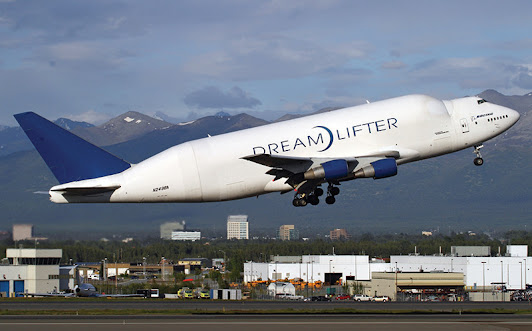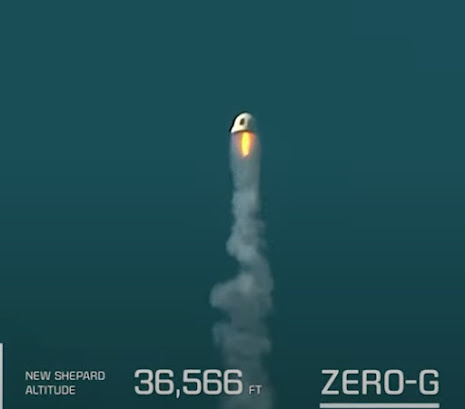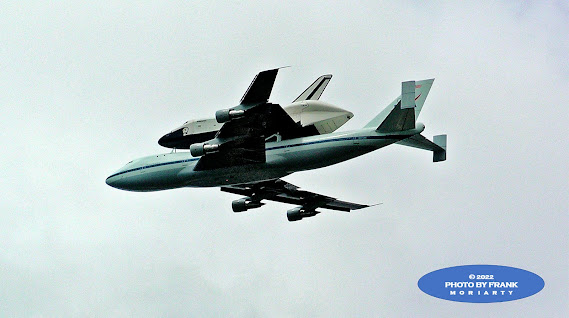The Boeing B-52 is the seemingly eternal king of the military skies for the United States Air Force. Introduced into service in 1955, the B-52H models that currently make up the USAF fleet will soon be receiving upgrades – and likely new model letter designations – that will see them continuing to serve through at least 2050, if not longer.
Equally regal – at least in the commercial realm – is the
aircraft long known as the Queen of the Skies: the Boeing 747. Officially
entering into service in January, 1970, the 747 has not been flying quite as
long as the B-52, but the lengthy career of this aircraft is no less
astonishing.
Last week a brand new 747-8 freighter completed its final
assembly phase and rolled out of Boeing’s Everett Washington plant. It was, as
always, a proud moment – but also a bittersweet one, as this marked the end of
the 747 program after nearly 55 years of production.
In that time the design of the 747 has been proven to be
remarkably durable and flexible, adapting to various purposes.
Over 1500 747s have been produced across multiple variations
of the original aircraft, with that first commercial flight for Pan Am
signaling the arrival of the “Jumbo Jet” era – large jet aircraft designed to
carry hundreds of passenger in comfort on long-duration flights.
Photo: Frank Moriarty/Aerospace Perceptions
The 747 proved equally valuable as a large-capacity cargo
aircraft. In fact, 747 passenger usage in 2022 has dwindled to just a few
aircraft for airlines including Korean Air and Air China. Lufthansa fields the
largest fleet of 747 passenger jets, with more than two dozen still in service.
But despite diminished passenger flight usage, the cargo
realm remains the domain of the 747. In fact, as I write these words no less
than 20 Boeing 747-400s are in the air over the United States. They belong to
the shippers almost everyone is familiar with – United Parcel Service and FedEx
– as well as numerous specialized shipping firms like Kalitta Air, Sky Lease,
Atlas Air, Magma Aviation, and Cargolux.
Cargo 747s have adapted to their commercial environments,
with noses that open and flip upward to allow bulky shipments to be more easily
loaded into the aircraft. In the case of the 747-400 Large Cargo Freighter
developed in the 2000s, the aircraft fuselage in front of the tail swings open
for loading.
The swing-tail variation aircraft, more casually referred to
as the Dreamlifter, has a massively expanded body that increases its capacity
to three times that of a standard 747-400 freighter.
Beyond the obvious passenger and cargo implementations of
the 747, several unique and specialized uses have been seen over the decades.
Of course, the most widely recognized of these 747
variations is the VC-25A, the airplane most people immediately think of when
they hear the designation Air Force One. In reality, any USAF aircraft bearing
the president becomes Air Force One, no matter the size or model. Joint Base
Andrews outside Washington DC is the home of the VC-25A aircraft, operated by
the 89th Airlift Wing.
Two 747s were modified to become Shuttle Carrier Aircraft. The SCA played a pivotal role in the space shuttle program development, carrying the prototype orbiter Enterprise in approach and landing tests in the 1970s. Both SCA planes had long careers carrying all five of the space-flown orbiters that came after Enterprise.
There’s even been a firefighting 747 modification. The 747
SuperTanker joins fellow wide-body passenger jet airframes including the DC-10
and MD-11 modified to battle blazes. But the 747 holds the crown as the
aircraft with the greatest firefighting capability, able to haul up to 20,000
gallons of water or fire retardant.
Ironically, late in 2022 as the final 747 was built in the state
of Washington, another 747 with a NASA connection came to the end of its
service life. Starting out life as a Pan Am Boeing 747, this aircraft took on a
new purpose and a new name: Stratospheric Observatory for Infrared Astronomy,
or SOFIA. SOFIA was modified to carry a special telescope to study infrared
astronomy, something best accomplished from platforms high in the atmosphere.
This 747 became just that platform, carrying the 38,000 pound, 100-inch
telescope in search of new discoveries, including confirmation that water
molecules exist on the surface of the Moon. SOFIA’s first full science flight
took place on November 30, 2010.
It's somehow fitting that as the final Boeing 747 prepares
for a long commercial life after marking the end of 747 production, SOFIA’s
scientific career also concludes. SOFIA will soon be on display at Arizona’s
Pima Air & Space Museum in Tucson. But really, with such a landmark
existence in the realm of aviation, any Boeing 747 is worthy of such appreciation.
With that in mind, happy holidays from Aerospace
Perceptions!








































